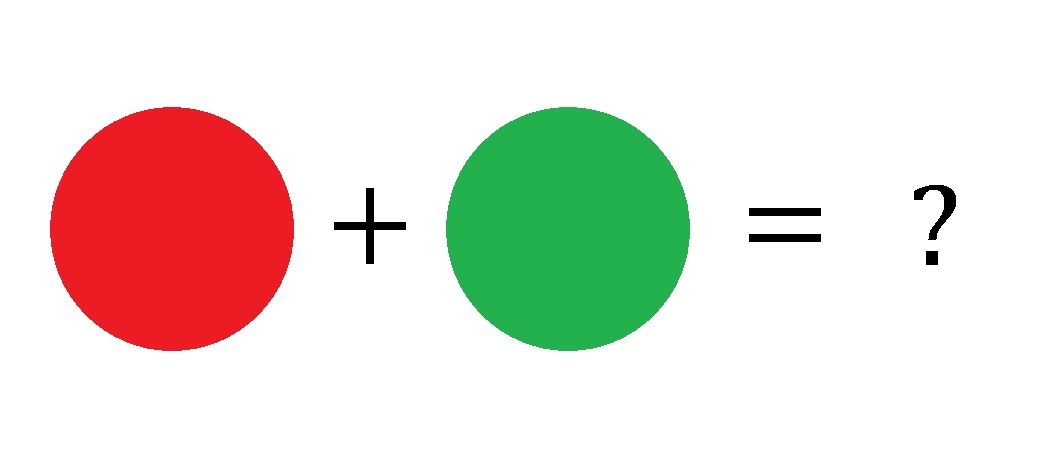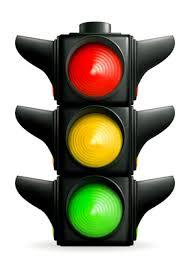Can You Combine These Lights?
Electricity and Magnetism
Level
2

In the light color scheme, if red and green lights are added together, what color will appear?
Purple
Orange
Blue
Cyan
Yellow
This section requires Javascript.
You are seeing this because something didn't load right. We suggest you, (a) try
refreshing the page, (b) enabling javascript if it is disabled on your browser and,
finally, (c)
loading the
non-javascript version of this page
. We're sorry about the hassle.
In the light perception, there are 3 primary colors: red, green, and blue, also known as RGB. Then there are 3 possible combination pairs resulting in 3 complementary colors: R+G = yellow; G+B = cyan; R+B = magenta (purple), also known as YMC. In other words, yellow is complementary to blue; cyan to red; and magenta to green, respectively.
By combining the 3 primary colors, the white light will be formed. Similarly, if the pair of complementary colors is added together, it will also result in white light. Moreover, the colors in every object give out different proportions of these primary colors, creating a huge variety of hues for our eyes to perceive.
In case of color blindness, these patients lack photoreceptors for either red, blue, or green light, causing difficulty or inability to distinguish certain range of overlapping colors. Nevertheless, their depth and perspective perceptions are still intact.
As a matter of fact, an explicit example of this color addition can be found on the traffic lights, where the yellow light is sandwiched between the red and green. It is implied physically and metaphorically that since red means "stop" and green means "go", yellow is perceived as red+green and so means "slow", which is in middle of "stop" and "go". In the color-blind people, however, this color perception is impaired, and that may lead to misunderstanding and even accidents on the streets.